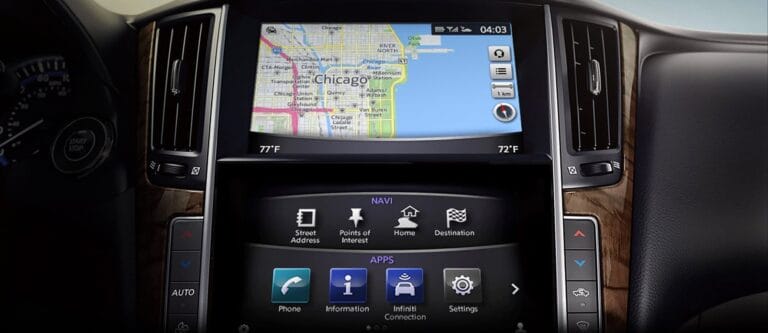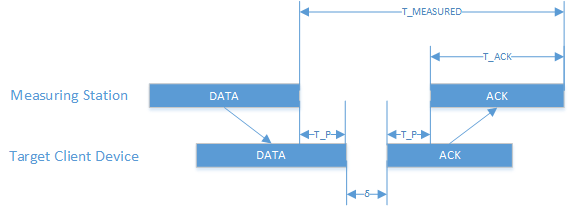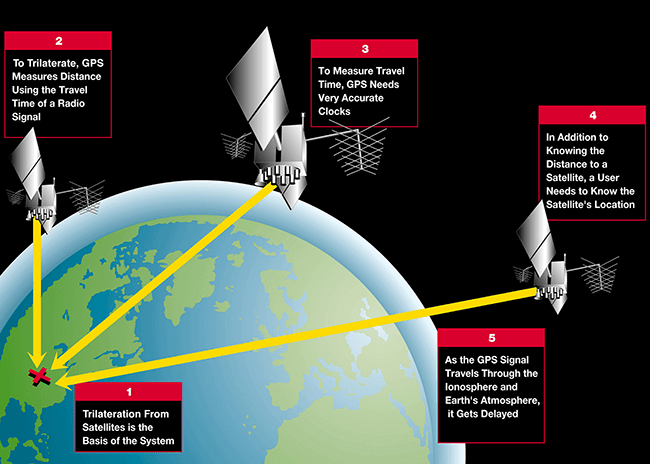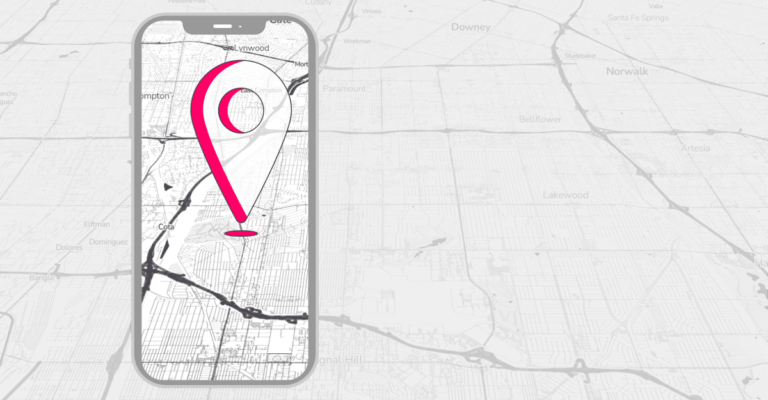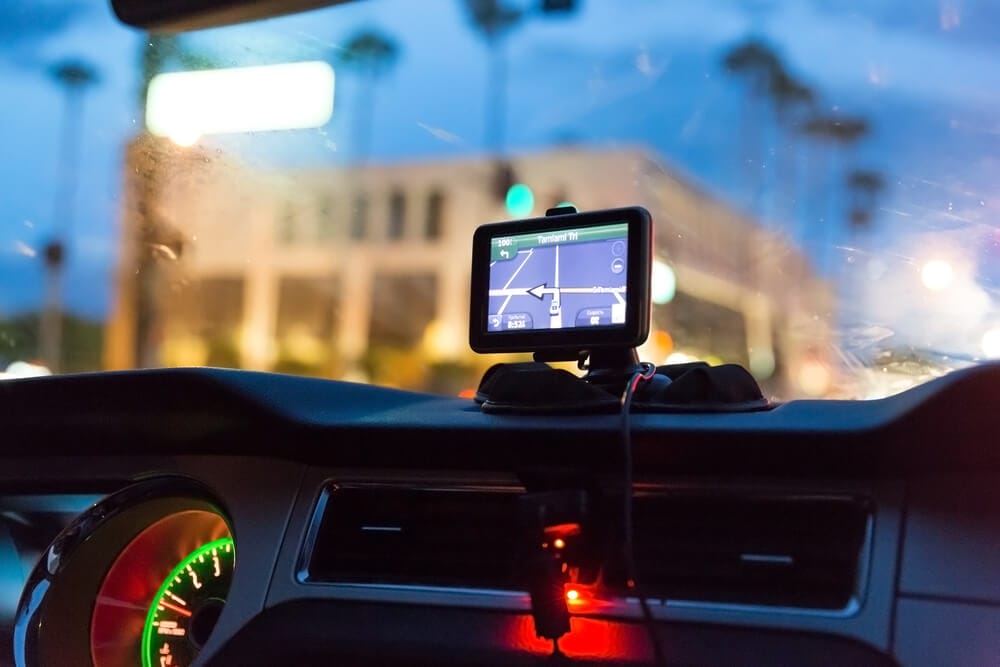
If you’re like me, you probably love going on road trips and exploring new places. But sometimes, finding our way can be a bit tricky, right? Well, fear not! Today, we’re going to talk about how you can use GPS navigation in your car to make your journeys smoother and more enjoyable. So buckle up and get ready to navigate like a pro!
You might be wondering, “How can I use GPS navigation in my car?” Well, it’s easier than you think. GPS stands for Global Positioning System, and it uses satellites to track your location and guide you to your destination. All you need is a GPS navigation system installed in your car, and you’re good to go!
With GPS navigation, you can say goodbye to those frustrating moments of getting lost or taking wrong turns. It will provide you with turn-by-turn directions, so you’ll always know which way to go. Plus, it can even help you find the best routes to avoid traffic jams and reach your destination faster. So, ready to hit the road with confidence? Let’s dive into the world of GPS navigation in your car!
How Can I Use GPS Navigation in My Car?
- Ensure you have a GPS device or smartphone with GPS capabilities.
- Mount the device securely on your car’s dashboard or windshield.
- Turn on the device and wait for it to acquire a GPS signal.
- Enter your destination address using the device’s touchscreen or voice command feature.
- Follow the voice-guided turn-by-turn directions to reach your destination.
What are GPS Navigation Systems
Whether you are a seasoned driver or a novice, GPS navigation systems can be a game-changer when it comes to exploring new routes and reaching your destinations. Here are three key ways you can make the most of GPS navigation in your car:
Real-time Directions
One of the most significant advantages of using GPS navigation is the ability to receive real-time directions. Once you input your destination, the system calculates the best route based on current traffic conditions and provides step-by-step instructions.
This feature ensures that you stay on track, even in heavily congested areas. Furthermore, GPS navigation systems often come with voice-guided directions, eliminating the need to constantly look at the screen while driving.
Finding Points of Interest
GPS navigation systems allow you to easily find nearby points of interest such as restaurants, gas stations, hotels, and tourist attractions. With just a few taps on the screen, you can discover new places to visit or locate essential amenities during your journey. This feature is especially useful when you are exploring unfamiliar areas or traveling to a different city.
Traffic Updates
Being stuck in traffic jams can be frustrating and can significantly delay your trip. However, with GPS navigation, you can receive real-time traffic updates and alternative route suggestions to avoid congested areas.
This feature helps you save time and ensures that you reach your destination efficiently. Some advanced GPS navigation systems also provide predictive traffic data, allowing you to plan your journey ahead and choose the best time to travel.
How to Set Up GPS Navigation in Your Car
Setting up GPS navigation in your car is a straightforward process. Here are the steps you need to follow:
1. Choose the Right GPS Device: There are various types of GPS navigation systems available in the market, including standalone devices, smartphone apps, and built-in car systems. Consider your needs, budget, and preferences to determine the best option for you. Standalone devices offer a larger screen and more advanced features, while smartphone apps are convenient and often free.
2. Install the GPS Device: If you opt for a standalone device, you will need to mount it on your car’s windshield or dashboard. Follow the manufacturer’s instructions for installation. Smartphone apps can be easily downloaded from app stores and used directly on your device. Built-in car systems are pre-installed and usually require professional installation if not already integrated into your vehicle.
3. Update the Maps: It is crucial to keep your GPS navigation system’s maps up to date to ensure accurate directions. Connect your device to a computer and follow the instructions provided by the manufacturer to update the maps. Smartphone apps usually update automatically when connected to the internet.
4. Configure the Settings: Once installed and updated, configure the settings according to your preferences. Customize voice guidance, avoid toll roads, choose a preferred route type (fastest or shortest), and adjust other options based on your preferences.
5. Input Your Destination: Before starting your journey, input your destination into the GPS navigation system. This can be done either by entering the address manually, selecting a point of interest from the database, or using voice commands if available. Ensure that the destination is accurately entered before beginning your trip.
Benefits of Using GPS Navigation in Your Car
GPS navigation systems offer numerous benefits that enhance your driving experience. Some notable advantages include:
1. Convenience: GPS navigation systems provide convenience by eliminating the need to rely on paper maps or ask for directions. With easy-to-read maps and voice-guided directions, you can focus on driving without constantly checking for the correct route.
2. Time-saving: By providing real-time traffic updates and suggesting alternative routes, GPS navigation systems help you save time on the road. You can avoid traffic congestion and reach your destination faster, regardless of the current conditions.
3. Safety: Using GPS navigation systems promotes safe driving. With voice-guided directions, you can keep your eyes on the road instead of looking at maps or smartphones. Additionally, you can easily locate nearby services like gas stations and rest areas in case of emergencies or unexpected situations.
4. Explore New Places: GPS navigation systems enable you to explore new places and take spontaneous road trips. Discovering nearby points of interest and attractions becomes effortless, allowing you to make the most of your travels.
5. Confidence in Navigation: With GPS navigation, you can travel to unfamiliar locations with confidence. The system provides accurate and reliable directions, ensuring that you never get lost. This increases your overall confidence in exploring new areas.
6. Increase Fuel Efficiency: By suggesting the most efficient routes and avoiding heavy traffic, GPS navigation systems help reduce fuel consumption during your journey. This not only saves money but also contributes to a greener driving experience.
7. Stay Updated: GPS navigation systems often come with additional features such as weather updates, speed limit alerts, and even nearby parking suggestions. These features keep you informed and updated during your journey, making your travel experience more enjoyable and stress-free.
Tips for Efficiently Using GPS Navigation in Your Car
To make the most of your GPS navigation system, here are some handy tips:
1. Regularly Update Your Maps: Keep your maps updated to ensure accurate directions. Manufacturers often release map updates, so check for updates periodically.
2. Use Voice Commands: If your GPS device or app supports voice commands, utilize this feature for hands-free operation. It allows you to keep your hands on the wheel and focus on driving.
3. Familiarize Yourself with the Features: Take some time to explore the different features and customization options available on your GPS navigation system. The more familiar you are, the easier it will be to use while on the road.
4. Plan Your Trips in Advance: Before starting your journey, input your destination and review different route options. Consider potential traffic conditions and choose the most efficient route accordingly.
5. Regularly Charge Your Device: If you are using a smartphone for GPS navigation, ensure that it is adequately charged before embarking on a long journey. Consider using a car charger to avoid running out of battery.
6. Have a Backup Plan: Although GPS navigation systems are highly reliable, it’s always a good idea to have a backup plan in case of technical issues or signal loss. Keep a physical map or download offline maps as a precautionary measure.
7. Keep your GPS Device Secure: When leaving your car, remember to remove any standalone GPS devices from plain sight to deter theft.
GPS navigation systems have transformed the way we navigate while driving. They provide real-time directions, help avoid traffic jams, and offer a range of features that enhance your driving experience.
By following the simple setup process, taking advantage of the benefits, and following useful tips, you can efficiently use GPS navigation in your car and unlock a world of stress-free and enjoyable travels. So, next time you hit the road, let GPS be your trusty guide.
Frequently Asked Questions
Looking to enhance your driving experience with GPS navigation in your car? Here are some commonly asked questions about using GPS navigation systems:
1. How does GPS navigation work in a car?
GPS navigation in a car works by using a network of satellites to pinpoint your exact location. The GPS receiver in your car’s navigation system receives signals from these satellites and uses trilateration to determine your position on the map. It then calculates the best route based on your destination and provides turn-by-turn directions to guide you there.
Modern GPS navigation systems also come with additional features such as real-time traffic updates, voice guidance, and points of interest to make your journey smoother and more convenient.
2. How can I input my destination into the GPS navigation system?
Most GPS navigation systems have a touchscreen display that allows you to input your destination easily. Simply tap on the address or location search option, and a virtual keyboard will appear. Enter the address or place you want to go, and the system will calculate the best route for you.
Some GPS systems also support voice commands, allowing you to speak your destination instead of typing it. This is especially helpful when you need to input a destination while driving, as it helps you stay focused on the road.
3. Can GPS navigation systems help me avoid traffic?
Yes, many GPS navigation systems offer real-time traffic updates to help you avoid congested areas and plan the most efficient route. These systems receive information about traffic conditions from various sources, such as road sensors and satellite data. They then analyze this data and provide you with alternative routes if there are traffic jams or accidents along your intended path.
By using a GPS navigation system with traffic updates, you can save time and reduce the stress of sitting in traffic, ensuring a smoother and more enjoyable driving experience.
4. How accurate are GPS navigation systems?
GPS navigation systems are highly accurate, typically providing a position accuracy of within a few meters. However, certain factors can affect their accuracy, such as obstructions like tall buildings or dense forests that may interfere with satellite signals. In such cases, the accuracy may slightly decrease.
Despite these minor limitations, GPS navigation systems are still incredibly reliable for providing accurate directions and helping you reach your destination safely and efficiently.
5. Can I use GPS navigation systems without an internet connection?
Yes, most GPS navigation systems do not rely on an internet connection to function. They are equipped with preloaded maps and built-in GPS receivers, allowing them to work independently. This means you can use GPS navigation in your car even in areas with no cellular network or Wi-Fi coverage.
However, it’s worth noting that certain advanced features, such as real-time traffic updates or map downloads, may require an internet connection. So, if you want these additional features, you may need an internet connection while using GPS navigation in your car.
If you want to use GPS navigation in your car, there are a few things you need to know. First, make sure your car has a GPS or use a smartphone app. Second, familiarize yourself with the device and learn how to input destinations. Third, always keep your eyes on the road and use voice commands when possible. Lastly, keep your GPS updated and charged to avoid any issues on the road.
Using GPS navigation in your car is an easy and helpful way to get around. It can help you find your destination easily, avoid getting lost, and save time. Just remember to use it safely and responsibly, and you’ll have a great experience navigating the roads with GPS.

